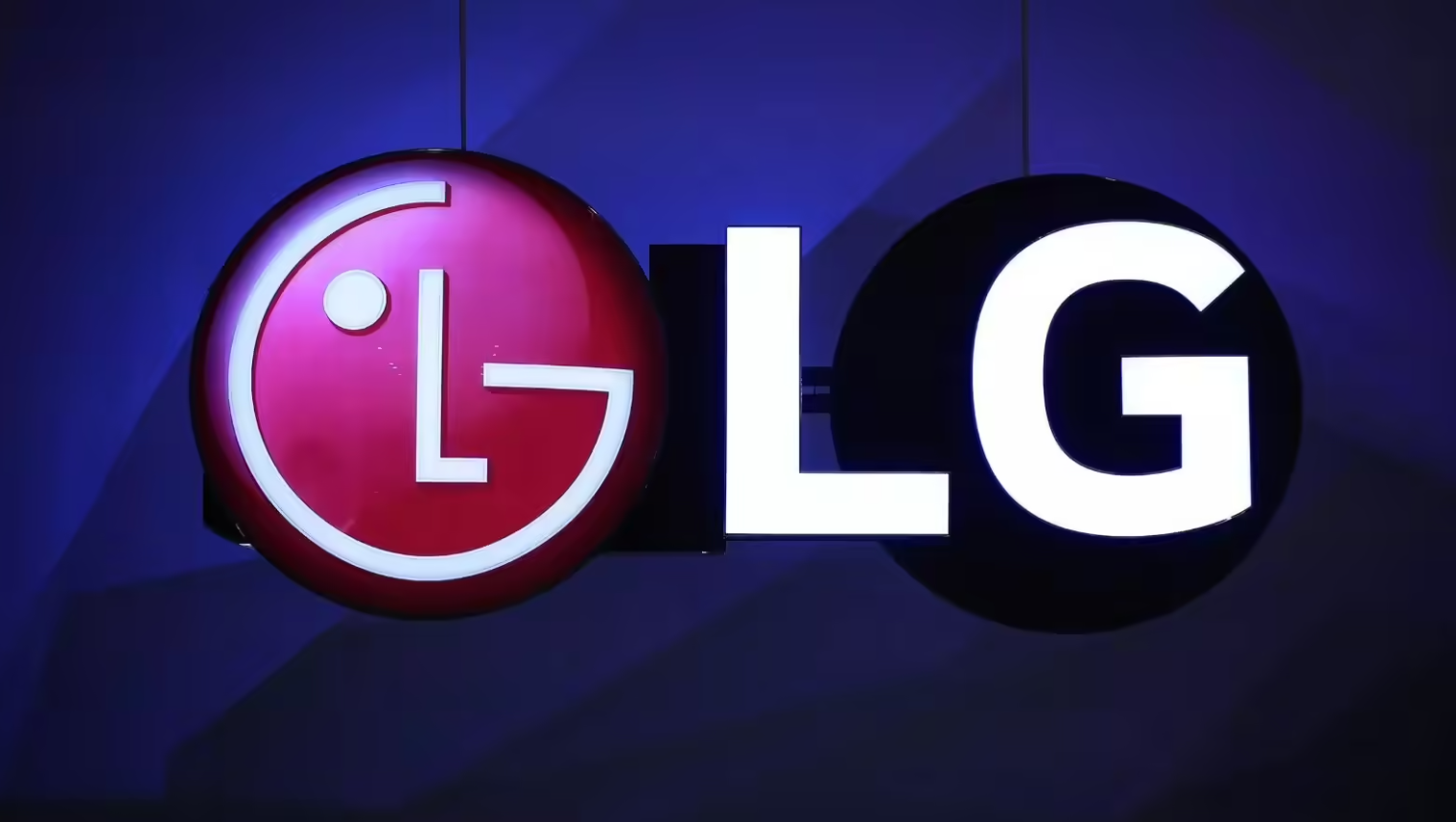The Securities and Exchange Board of India is considering a major policy change that could alter how India’s largest IPOs are structured. A new proposal suggests reducing the portion of shares reserved for retail investors in IPOs that are larger than 5,000 crore rupees. Instead, a larger share of such IPOs would be allocated to qualified institutional buyers, including mutual funds. The goal is to improve price discovery, encourage more stable demand, and align retail access with emerging market behavior.

Seven upcoming IPOs would fall under the scope of this proposal. These include high-profile names like LG Electronics with a planned issue size of 15,000 crore rupees, as well as Tata Capital, which is eyeing an 18,000 crore rupee offering. Other companies on the list are Groww’s parent firm Billionbrains Garage Ventures, ICICI Prudential AMC, Inox Clean Energy, Credila Financial Services, and Dorf-Ketal Chemicals India. While some have already received SEBI approval, others are awaiting the green light to go public.
SEBI’s proposal, presented in a consultation paper released on July 31, recommends that the retail investor quota for IPOs above 5,000 crore rupees be gradually reduced from the current 35 percent to 25 percent. Simultaneously, the allocation to qualified institutional buyers could increase from 50 percent to 60 percent. The paper argues that mutual funds which represent a significant segment of retail investors already have reserved quotas in the institutional segment, ensuring continued access for smaller investors, albeit indirectly.

According to data from Prime Database, large IPOs in recent years have seen underwhelming response from retail and non-institutional investors, except for a few big names like LIC, Tata Technologies, and Bajaj Housing Finance. On the other hand, mutual funds and institutional players have remained consistent participants, providing a more predictable and resilient source of capital.
Experts believe that shifting the focus toward QIBs could enhance issuer confidence during market volatility. It may also lead to more accurate price discovery and minimize the perception of failure if the retail portion is under-subscribed. In many large IPOs, the retail demand has not kept up with the growing size of the offers, creating a mismatch that can damage sentiment.
Vikram Jain, deputy vice president at IDBI Capital Markets, noted that the change would bring more structure and transparency to the listing process. He added that the move is also designed to protect retail investors from the volatility often seen in large IPOs during uncertain market phases.

This trend reflects the evolving nature of Indian equity markets. While direct retail participation has remained mostly flat over the past three years, there has been a strong and consistent rise in retail investment through mutual funds. SEBI believes that mutual funds can continue to serve as a channel for retail capital while also ensuring disciplined and informed allocation through institutional frameworks.
The regulator has also observed that many large IPOs struggle to attract enough retail and non-institutional investor interest unless they are from well-known conglomerates or government-backed companies. For instance, the retail subscription for HDB Financial Services was just 1.5 times, while Hexaware Technologies barely received 0.1 percent subscription from retail investors.
The shift, if implemented, could be a turning point in how India’s biggest IPOs are approached. It may pave the way for better listing outcomes, higher institutional participation, and more strategic alignment with global best practices. As companies like Tata Capital and LG Electronics prepare to enter the markets, this new rule could significantly shape their fundraising journey.
For more updates on IPO trends, SEBI policies, and personal finance insights, follow You Finance on Instagram and Facebook.














